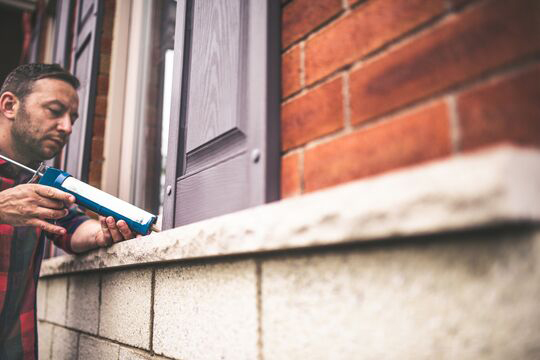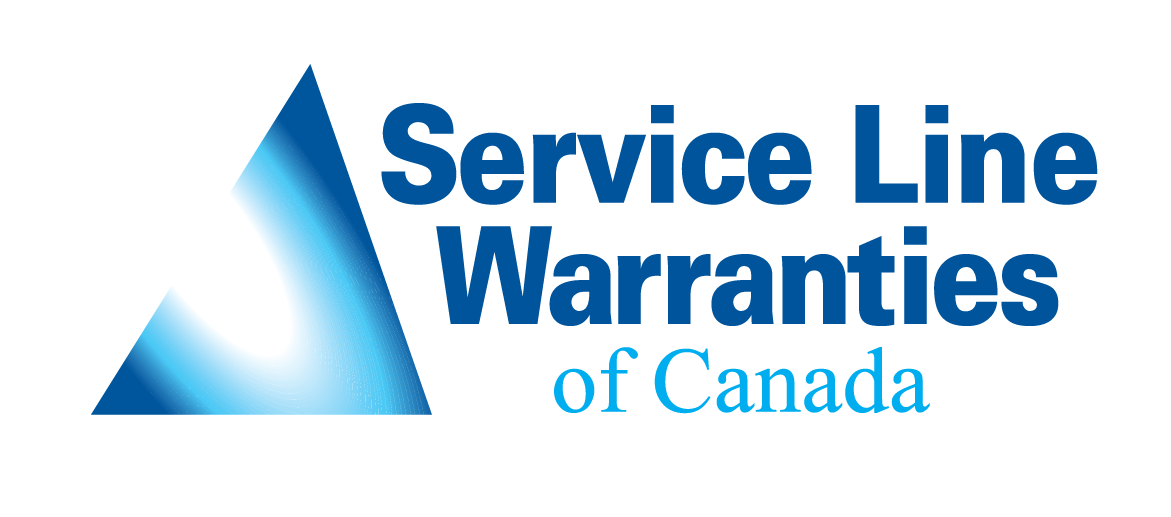Residential customers look to their water provider for solutions related to water service, conservation, and quality. Getting ready for winter certainly includes water-related preparedness to prevent damage to pipes due to freezing, for example, but educating consumers about additional winterization measures positions the provider as a resource for helpful information, increasing customer satisfaction. Comprehensive information about home winterization should address the following key areas.
Gutter cleaning – Clean, well-secured gutters are essential to protect the home’s foundation and reduce the risk of basement flooding. Falling leaves and other debris can build up and clog gutters and downspouts, and loose gutters may be unable to withstand the extra weight of snow. 
Smoke detector check – While preparing for winter, consumers should change batteries in smoke detectors and perform a test to ensure they are in good working order. Any equipment over ten years old should be replaced.
Chimney cleaning – A professional chimney service, recommended annually, includes inspection of the entire fuel venting system for warped metal on the damper, cracked or collapsed flue tiles, cracks in the exterior masonry, and other signs of fire damage. Additionally, a clean chimney makes it safer to build a fire in the winter and makes the fireplace more efficient.
Furnace maintenance – Before turning on the heat, servicing the furnace will ensure it runs at peak efficiency and maintains high indoor air quality. The service should include a professional inspection, filter change, and cleaning.
Window and door insulation – According to Natural Resources Canada, windows and doors can account for up to 25 percent of total house heat loss. To keep heat in the house, consumers should look for cracks or gaps in the exterior caulking, check seals around exterior doors, and add caulking or weather stripping as needed. A professional energy assessment provided by the utility company can provide additional information about heating loss and recommend fixes.
Water pipe winterization – Consumers should be advised to turn off and drain water lines in unheated or uninsulated areas before winter and to keep the indoor home temperature above 21 °C. To prevent a burst pipe from freezing, a cold-water tap should be left dripping because running water doesn’t freeze as readily.
Offering optional protection plans for water, sewer, and interior plumbing lines can add an additional safeguard for consumers. According to the Service Line Warranties of Canada by HomeServe 2023 State of the Canadian Home Survey, 50% of Canadians are unaware they are responsible for the water and sewer lines on their property and believe that their municipality or their homeowners insurance should be responsible. Additionally, 80% of respondents experienced repair emergencies in the last year, with the predominant issues including clogged or slow drain, clogged or overflowing toilet, clogged or overflowing sink, and frozen or leaking water pipes.
In partnership with over 1,200 municipalities and utilities across North America, including over 70 in Canada, HomeServe offers homeowners optional protection plans to cover the cost of repairing or replacing private-side water lines, including thawing of frozen pipes, and interior plumbing and drainage lines. Repairs are performed by licensed local plumbers, supporting business growth in the provider’s service area, and the solution includes homeowner education to clarify service line responsibility and understanding of how to solve issues through the provider’s program. Offering valuable protection and exceptional service delivery to homeowners is attributed to the water provider, helping to raise provider customer satisfaction.
